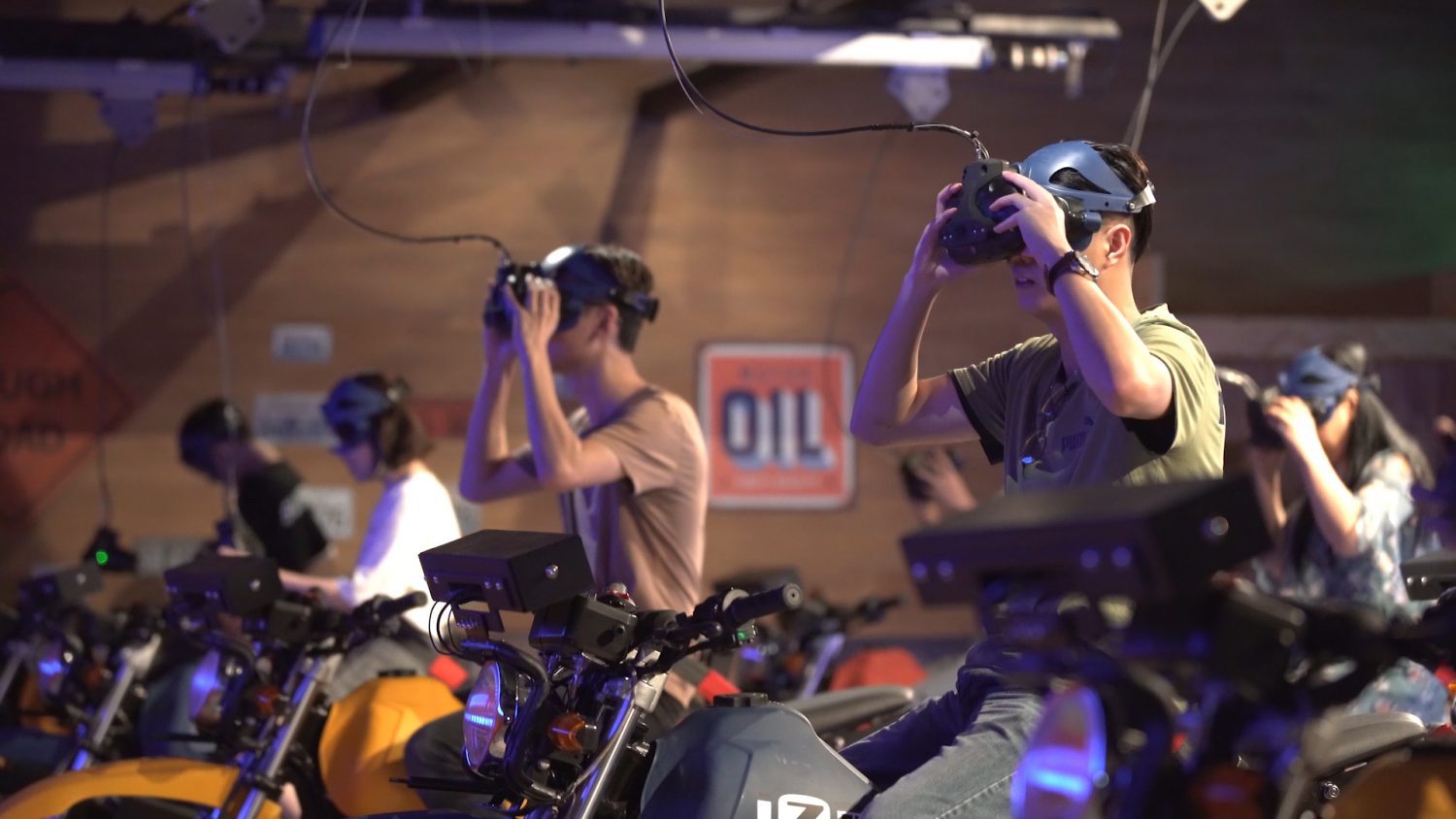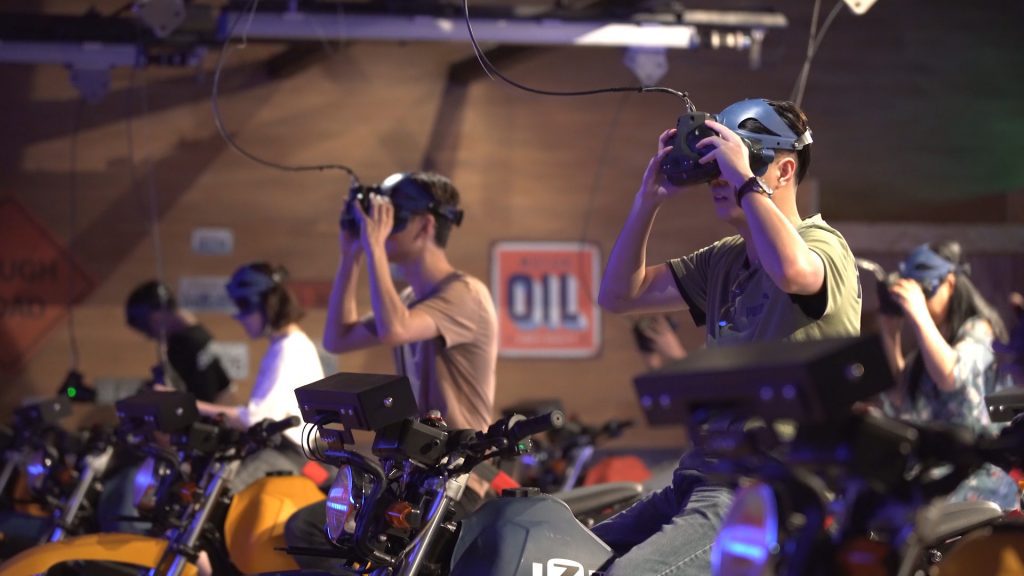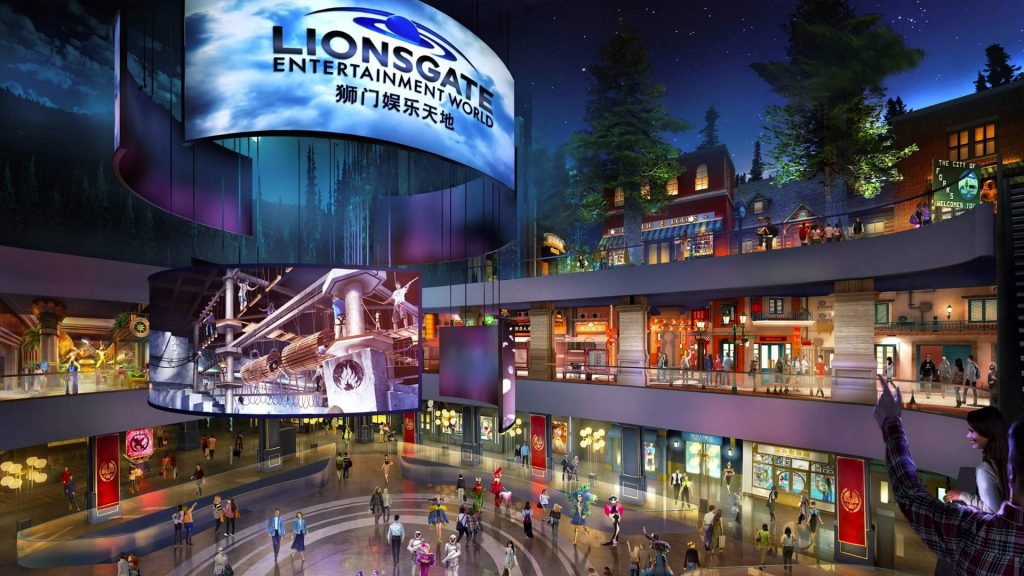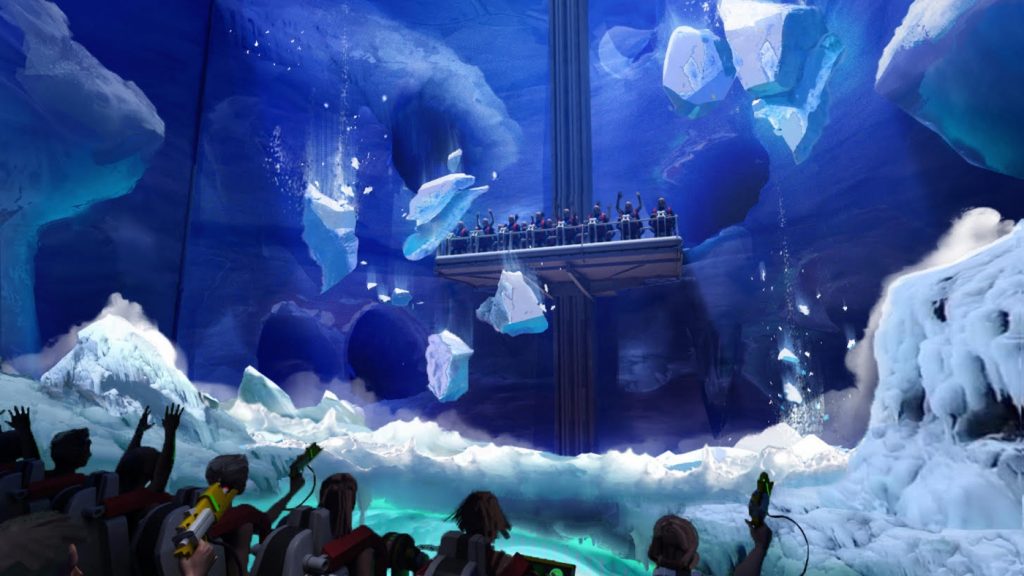Stop writing stories for guests – give them worlds to explore
By Amanda Johnstone-Batt, CG Supervisor, Framestore
FROM the moment visitors enter a theme park they want to be engaged, entertained and enchanted. Decades of creating high calibre immersive experiences has set a very high bar for theme park operators looking to offer something fresh to guests, be it their first visit or their hundredth. By adopting new technology and creative thinking, park operators can turn passive ride experiences into active ones, giving guests more agency over how their journey unfolds.
Interactivity will be one way to affect in large the future of theme parks and how we can expand a visitor’s experience. From the five minute ride experience and the queuing area, or beyond to the lands and retail experiences, I think it’s important to explore how to make the most of participative technology to transport our visitors into a new world full of moments unique to each person.
‘Don’t tell me that wasn’t big fun!’
Interactivity and immersion, the two most overused words at the moment, have always been a featured aspect of the theme park show. Growing up in southern California, I couldn’t possibly count the number of times I went on an Indiana Jones Adventure. My friends and I would round a bend of bamboo into a jungle and were immediately transformed into adventurers. We’d decipher ancient glyphs and pull on ropes to hear Dr. Pullit, all while following Indy’s journey to uncover the location of the temple we were about to enter – together.
The concept that a piece of machinery few of us 10-year-olds had at home (a computer) could alter our journey each time we rounded the turn-styles was all too much. Days, if not full summers, were spent trying to pass through each of Mara’s doors or to listen carefully for the different pieces of dialogue Indy might leave us with before the final loading bay.
This use of technology was seamless, non-intrusive and only used to aid in the transporting of guests to a fantasy world. But 25 years later, it’s become just a bit too expected. And as the technology that drives dark rides, VR experiences or motion simulators continues to advance, so too will the worlds that inhabit theme parks as they continue to become fully realised tangible experiences.
Handing over the controls
Moving this technology into the future, we want the audience to feel like they are discovering a story unfolding before them through natural choices. Visitors should become the heroes of the moment rather than passive observers to another’s journey they happened to be thrown into. The difficulty comes in creating interactive choices within this world that feel “invisible” and completely natural to the storyline.
This past summer, Lionsgate Entertainment World opened with a new ride offering from CAVU Designwerks and Framestore, a multi-player VR dark ride called Midnight Ride. Based on The Twilight Saga IP, Midnight Ride offers the chance for four people to explore the backwoods of Forks, Washington, on motorcycles as they help Jacob Black rid the area of evil vampires. The riders have (seemingly) complete control to choose their own path through the woods by steering and throttling their motion controlled motorbike ride vehicle. A hard to reach dirt track will reward them with jumps, while following one of the wolves may lead to a darker path. This instinctive interface needs no instruction, allowing for natural environmental level design that still allows us to keep riders on track for specific narrative beats.
Careful thought has to go into designing these interactions so they work within a group experience. All too often interactive experiences can feel quite solitary, due to choices (or a score counter) being influenced by one person.
Cause and effect
How do you convince young audiences to tear themselves away from their many facets of at-home entertainment and lock themselves into a small space with their parents? Theme park experiences are always best with others, be it your family or friends. Films and video games can be experienced alone and talked about later, like revisiting an episode of Game of Thrones over lunch. But a reactive ride you control bonds a group together.
The difficulty with these responsive rides is falling into the trap of designing rides with only a win or lose outcome. The last thing park operators want is for guests to come away from the experience feeling like they’ve lost. Also, we don’t have much time to instruct riders in the rules of “the game.” If visitors spend less time thinking about how to play and more time participating through natural choices they are more likely to engage with the storyline and remember the experience.
For this reason Framestore collaborated with CAVU Designwerks to design Game Changers, a series of interactive rides which brings together a unique approach to storytelling and engineering using real-time technologies. These ride systems can be designed with any IP in mind while still giving guests control over the story and its physical movements. They carefully balance a need for people to interact with the ride and the ability to sit back and watch it unfold around you.
Framestore creative directors and CAVU engineers sought to tackle this problem with The Adventure Machine. Groups of riders can be given single input devices, be it a button or a magic leap, and instruct the ride vehicle where to travel based on the way they interact with each encounter. We want to use this interactivity as an opportunity for riders to play out different scenarios. Plus, knowing there are different paths is only going to encourage repeat visitation.
Keeping it real (time)
Theme parks are already highly interactive and non-linear experiences. Guests choose their paths through the park, they talk to characters, they eat themed food, all while the park changes throughout the day utilising music and lighting to move the mood along. By adopting real-time technology, a ride can be aware of this, and dynamically change its experience to continue this feeling of realism and immersion (that word again) into its story.
With real-time there are a few other pursuits to make sure the wonderful illusion is never broken. For Jurassic World The Ride at Universal Studios Hollywood, we sought to change the queue media depending on when a visitor might experience it. A newscaster greets new visitors to Jurassic World with a chipper “Good Morning” as she sits a news desk overlooking Isla Nublar in the gleaming sunlight. As the day wears on in Los Angeles, guests will be greeted with “Good Evening” from the newscaster with bespoke media showing the Isla Nublar shopping district descending into evening behind her starting a night time light show. It’s small but impactful elements like these that create a much richer world for the theme park guests to lose themselves in.
Making it happen
Designing interactive attractions is reliant on the technology that sits behind the scenes of every theme park but this must be balanced with creative thinking and sound storytelling in order to produce something guests will want to ride time after time.
At Framestore we are very proud of the highly realistic media we create and we feel that by employing this approach of interactive and dynamic experience design, realism can be taken so many more steps further.
About the author
Amanda Johnstone-Batt is a CG supervisor within Framestore’s immersive division where she applies her skills in CG and VFX to an exciting slate of theme park attractions and location-based experiences. She has accrued an impressive raft of credits in the VFX sphere, working across major companies including Double Negative, Dreamworks and Weta.

















